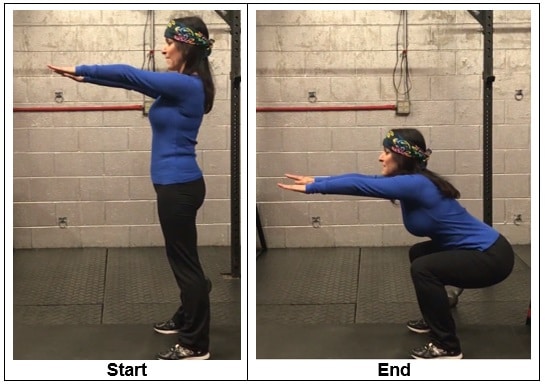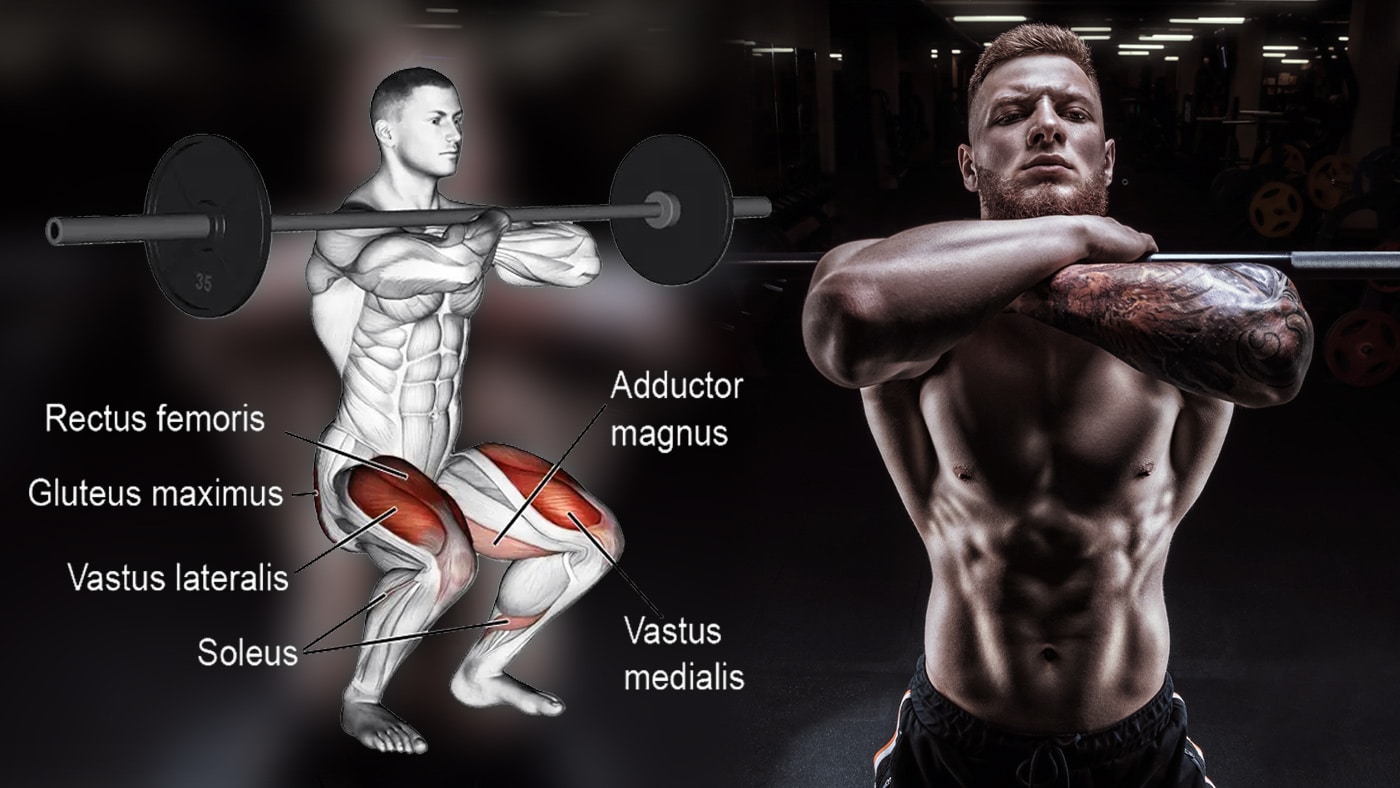

The spinal erectors ( lower back muscles) must work isometrically to maintain a rigid, upright torso positioning in the front squat. The front squat necessitates a vertical torso positioning for proper execution of the lift. Upper Backįront-loaded movements force a lifter to maintain an upright position and therefore help strengthen the upper back. This forces them to maintain a more upright torso position that creates a more vertical squat patterning. When front squatting, the load is placed in front of the lifter. By doing so, the load is displaced in front of the midline, requiring a stronger upper back and quadriceps to ensure an upright torso and positioning. The front squat differs slightly from the back squat due to the barbell placement in the front rack position. By integrating this front-loaded squat into training programs, you can develop the necessary strength for more demanding tasks and promote sound movement mechanics to decrease injury and improve overall performance.
FRONT SQUAT FORM MANUAL
The front squat has high transferability to Olympic weightlifting movements, functional fitness competitions and training, combat-based sports, and even manual labor. Lack of quadriceps strength and control can impede knee flexion and mobility, creating a cascade of countering movement imbalances throughout the hips, spine, and ankles. Simply put, the front squat forces you to stay upright, which forces your quads to work more. The front squat can then be used to increase quadriceps development and strength as it limits the capacity to squat with a more horizontal back angle. This movement can add quality amounts of lean muscle mass to the quadriceps and enhance overall leg development and performance. Benefits of the Front Squatīelow are three reasons why the front squat is a great movement for all fitness levels and goals. This will help keep the torso vertical and the quadriceps engaged.įorm Tip: Keep your elbows and chest up, and fight the urge to lean forward. Keep the knees out and forward over the toes, allowing the torso to remain vertical rather than allowing the hips to push backward excessively.
FRONT SQUAT FORM FULL
Once you have hit the bottom position in the front squat, push through the full foot and stand up, maintaining an upright torso, chest, and elbow positioning. Step 3 - Stand Up Improvisor/Shutterstock Minimize forward lean of the torso, which will force greater loading on the quadriceps.įorm Tip: Be sure to sit down rather than pushing the hips back. With the barbell resting in the front rack position, descend into a squat keeping the pelvis neutral and the chest up. Step 2 - Descend into the Squat Improvisor/Shutterstock If you cannot perform this with a full grip, you can refer to the below modifications section. That’s just is what it is.įorm Tip: Work to maintain a full grip on the barbell, rather than allowing the fingers and wrists to bend backward (hyperextend). Note: This isn’t very comfortable, so don’t be worried if it smurfs a little. The posture should be tall with the elbows up and core tight. Step 1 - Proper Front Rack Positioning Berkomaster/ShutterstockĪssume a proper front rack position by placing the barbell high up onto the shoulders, ensuring the bar is supported with the shoulders and upper chest (above the sternum).

Further below, we will discuss a wide variety of variations and front squat alternatives.
FRONT SQUAT FORM HOW TO
Front Squat Sets, Reps, and Programming Recommendationsīelow is a step-by-step guide on how to perform the front squat using a barbell set up.In this article, we will go through everything you need to know about how, why, and who should do front squats:


The front squat can help improve a weightlifter’s clean, build muscle and strength in the legs, and produce more power. The front squat is a uniquely challenging and highly beneficial squat movement that differs drastically from back squats and overhead squats.


 0 kommentar(er)
0 kommentar(er)
